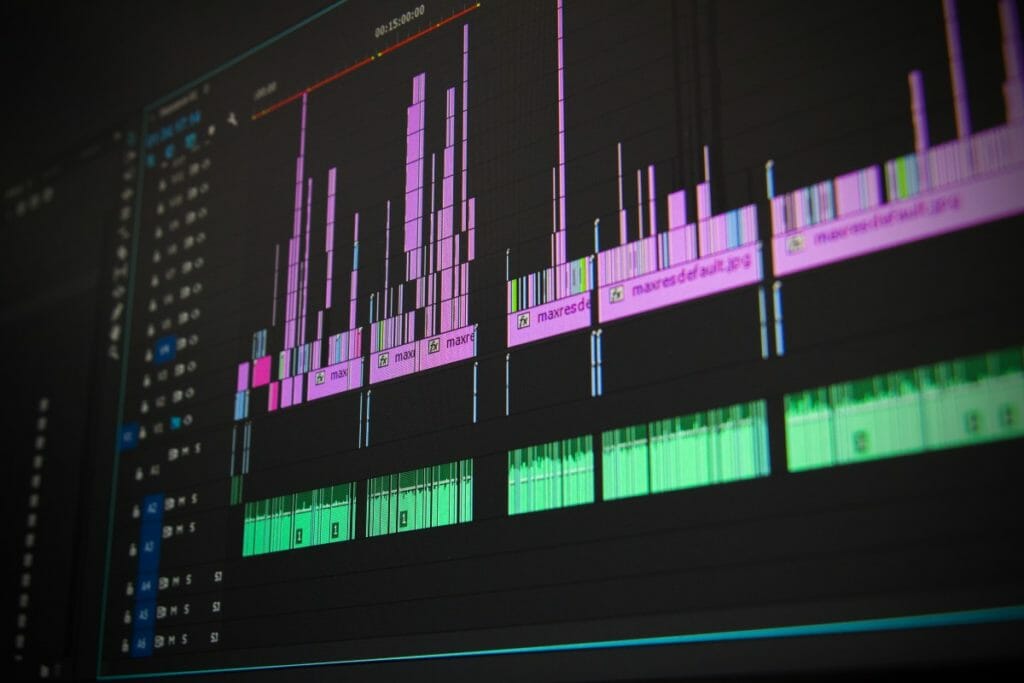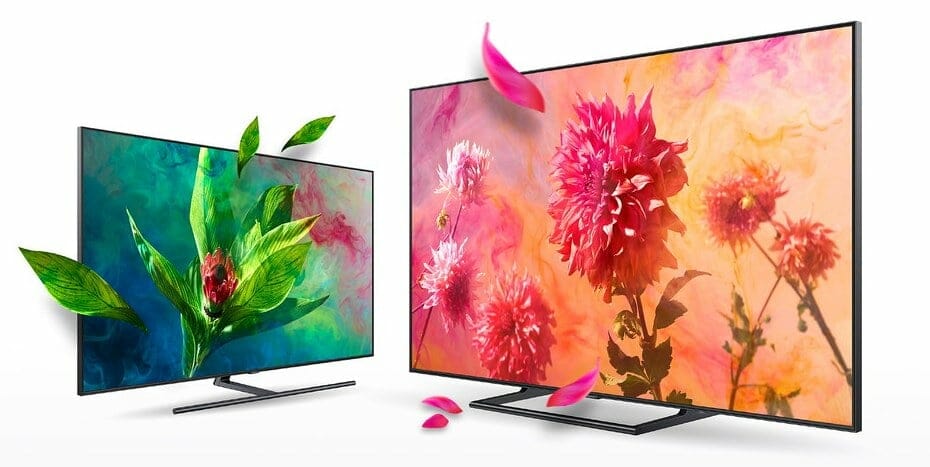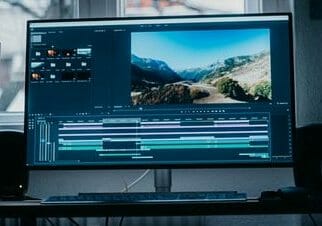Table of Contents
Video-production monitors may come with a bewildering assortment of capabilities, with prices ranging from a few hundred dollars to the cost of a new vehicle. Although the money will obviously be a top priority, learn about some common considerations to make when selecting the best video-editing monitor.
1. Size
Size is essential and tightly knit with resolution. Aim for a display that is large enough to allow for relaxed and prolonged viewing. But consider the size depending on the type of video editing you usually use due to pixel density, as pixels tend to get stretched out further on a larger screen. For example, a 1080p display at 24 inches will most likely appear better than a 27-inch monitor with the same resolution since the pixels on the 27-inch panel are bigger. As a result, the image may be less sharp. Alternatively, a 20-inch 1080p monitor may be tiny enough that pixel density diminishes, and the total display size is insufficient to view what’s on the screen.

Another factor in the size is dependent on what you will be using it for. For example, a 19″ monitor is a decent balance between display size and mobility, and there are many travel cases to pick from if you usually work on a film set. This is good for light video editing, even if it’s for something like using iMovie for Windows.
The most popular sizes are 19, 21.5, 24, 27, and 32 inches. There are also ultra-wide versions available if you have enough space to support their optimal viewing distances.
2. Resolution
One of the most crucial characteristics to look for in a monitor is its resolution, which will determine what kind of video you can edit. Even if it’s just used as a secondary display, it’s now required to have at least a 1080p monitor. Because Full HD (FHD), often known as 1080p, is the standard quality for many TV episodes, movies, and YouTube videos, you’ll need a 1080p display to edit FHD content.
4K, on the other hand, has grown in popularity, with several streaming services and media platforms now offering entertainment in that format. But before you buy a 4K display, be absolutely certain you know what you’re getting. 4K displays have a resolution of 4096×2160 pixels. However, most 4K monitors are Ultra HD (UHD) monitors, which have four times the resolution of a 1080p FHD screen. The actual resolution of most UHD 4K monitors is 3840 x 2160, which is somewhat less than native 4K. Even if there is a distinction when comparing native 4K and UHD 4K, it is so slight even the most scrutinizing individual would struggle to notice it. Given the industry’s gradual shift to higher-resolution 4K footage, those owning 4K-capable devices would be unwise not to invest in a 4K display.
Suppose you are someone who edits video in 4K and can afford it, upgrade to a 4K or higher display. If your current editing machine is 1080p compliant and you aren’t ready to upgrade to the higher processing and storage needs of 4K, you may use proxies to edit your 4K video while watching it on a 1080p display. Most production monitors can handle a wide range of input resolutions. However, it’s vital to double-check compatibility when utilizing formats at the extremes of the spectrum or frame rates that aren’t widely used. This includes resolutions such as DCI 4K (4096 x 2160), standard-def NTSC or PAL for legacy applications, and frame rates such as 1080PsF 23.98/24.
On the other hand, there’s always something smarter, quicker, or “more” in the realm of technology. For monitors, it’s the 8K. But as of right now, consumer-grade cameras, as well as the number of monitors available that have 8K resolution, are still not as common. Obviously, those filming 8K videos should contemplate getting an 8K display, but the majority of people don’t necessarily have to, not until the price falls into a consumer-friendly price range.
3. Panels
LCD displays are popular for editing because they have excellent contrast ratios, brightness levels, and color gamut compatibility. There are various panel types for monitors, and each has its own set of benefits.
TN Panels
Twisted Nematic (TN) panels are recognized for having greater refresh rates and being inexpensive. They’re ideal for gaming since they have faster response times, which may be as low as one millisecond. The color accuracy, contrast ratio, and viewing angles, on the other hand, are less than ideal, if not terrible. This implies that you must stare directly at the monitor to avoid seeing distorted colors. Even then, the colors can still differ. Therefore, if you’re using the panel for video editing, don’t purchase a TN monitor.
VA Panels
Vertical Alignment (VA) is another type of panel. The blacks on this display are more realistic, backlight bleeding is less, and the contrast ratios are higher. When compared to TN panels, viewing angles and color accuracy is good but not as good as an IPS screen. There does tend to have some difficulties with color hues not being correctly shown throughout the full screen.
However, these monitors are excellent enough for video editing and are useful for color-sensitive tasks. VA panels aren’t always the best choice for gaming because they have a longer reaction time and some motion blur when displaying shades of color. VA also has the most diverse selection of panels compared to the others.

IPS Panels
Panels using In-Plane Switching (IPS) technology provide a wider color spectrum (as a result, better color accuracy) and improved viewing angles. If you want only the finest of the best when you choose to edit videos in software such as FX Home, Lightworks, or Shotcut, IPS is the way to go. While these monitors haven’t always had the best reaction times, they’re now more than enough for gaming, thanks to a mix of quicker response rates and vibrant colors.
OLED
OLED is the newest and most advanced panel, and it has a lot to offer. High contrast with genuine blacks, a wide color gamut, exceptional viewing angles, and high refresh rates are all features of these panels. In addition, these monitors are slim and light.
They are excessively costly when compared to other monitors, and there are only a few alternatives. Both of these issues arise as a result of the technology’s infancy. It wasn’t until 2019 that the first OLED monitors were introduced. The other concern is burn-in, which occurs when a static picture is on screen for an extended period of time and becomes permanently burnt into the panel.
4. Monitor Settings
When it comes to HDR video editing, monitor brightness levels are crucial. HDR10 is the most popular HDR format.
Color, brightness, and contrast of monitors vary, but they can all be modified, with each manufacturer designing the settings menu in their own unique way. It’s worthwhile to calibrate the display for the optimum quality. However, monitors have settings that differ by brand. These settings can also change if you are watching a film or playing games, so video editors will need to adjust their monitor’s settings rather than keep it as the monitor’s presets.

5. Types
Flat-panel displays have been around for a long time, but curved, ultrawide, and curved ultrawide monitors are now available in the market. Each will have its own advantages and disadvantages and will depend on what you are most comfortable with.



